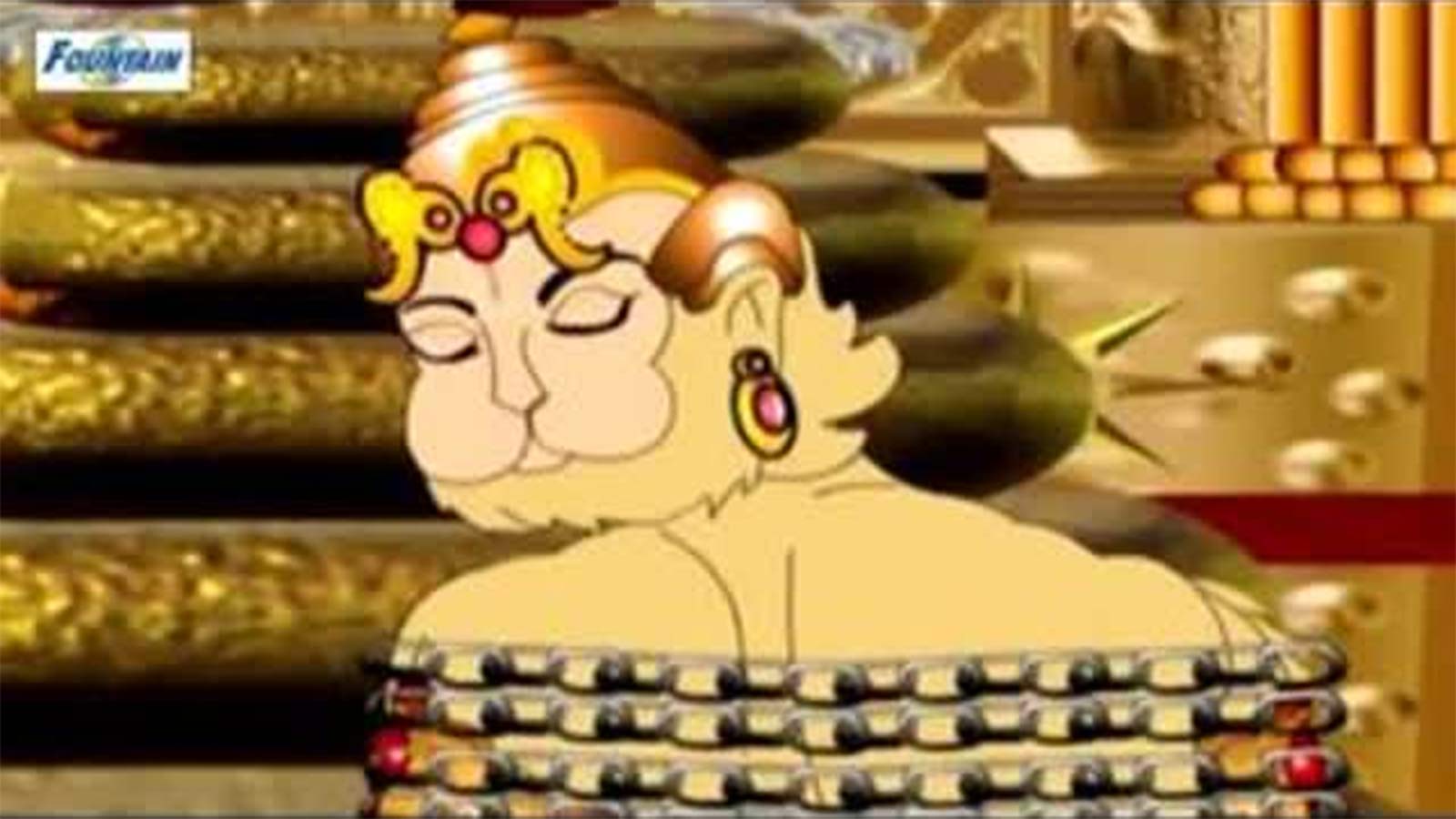
The emperor asked the saint to perform some miracle. The Moghul emperor at Delhi came to know of the great miracle done by Tulsidas. Tulsidas’s blessings brought the dead husband of a poor woman back to life.

The Lord revealed Himself before Tulsidas in the form of Lord Rama with bow and arrows. He said, 'How shall I describe Thy beauty, O Lord! But Tulsi will bow his head only when You take up bow and arrow in Your hands'. Then the murderer was taken to the temple and the bull ate from his hands.

The Brahmins of Varanasi reproached Tulsidas and said, 'How can the sin of a murderer be absolved? How could you eat with him? If the sacred bull of Siva-Nandi-would eat from the hands of the murderer, then only we would accept that he had been purified'. Tulsi called him to his house, gave him sacred food which had been offered to the Lord and declared that the murderer was purified. One day a murderer came and cried, 'For the love of Rama give me alms. He at once distributed all his wealth among the poor. He came to know that Lord Rama Himself had been taking the trouble to protect his goods. Who is this man?' Tulsidas remained silent and wept. In the morning they asked Tulsidas, 'O venerable saint! We saw a young guard with bow and arrow in his hands at the gate of your residence. Wherever they moved, the guard followed them. They saw a blue-complexioned guard, with bow and arrow in his hands, keeping watch at the gate. Some thieves came to Tulsidas’s Ashram to take away his goods. Vinaya Patrika is another important book written by Tulsidas. It contains sweet couplets in beautiful rhyme. This Ramayan is read and worshipped with great reverence in every Hindu home in Northern India. He wrote this book under the directions of Hanuman. The most famous book is his Ramayan- Ram-charit-manas-in Hindi. Accordingly, Tulsidas met Hanuman, and through His grace, had Darshan or vision of Lord Rama.

There Hanuman comes in the guise of a leper to hear the Ramayan as the first hearer and leaves the place last of all. The spirit said, 'Go to the Hanuman temple. Tulsidas replied, 'Let me have Darshan of Lord Rama'. The spirit said, 'O man! Get a boon from me'. The spirit was very much pleased with Tulsidas. While returning from answering the calls of nature, Tulsidas used to throw the water that was left in his water-pot at the roots of a tree which a spirit was occupying. He spent fourteen years in visiting the various sacred places of pilgrimage. These words pierced the heart of Tulsidas like an arrow. If you would develop for Lord Rama even half the love that you have for my filthy body, you would certainly cross the ocean of Samsara and attain immortality and eternal bliss'. She said to Tulsidas, 'My body is but a network of flesh and bones. This produced a sense of shame in Buddhimati. Tulsidas stealthily went to see her at night at his father-in-law’s house. One day his wife went to her father’s house without informing her husband. He could not bear even a day’s separation from her. Tulsidas was passionately attached to his wife. Tulsidas’s wife’s name was Buddhimati (Ratnavali). In childhood his name was Tulsiram or Ram Bola. He was born with all the thirty-two teeth intact. Tulsidas did not cry at the time of his birth. His father’s name was Atmaram Shukla Dube and his mother’s name Hulsi. He was a Sarayuparina Brahmin by birth and is regarded as an incarnation of Valmiki, the author of Ramayana written in Sanskrit. Tulsidas was born in Rajpur, in the district of Banda in Uttar Pradesh, in Samvat 1589 or 1532 A.D.

Reality Check: Lord Rama had different weddings in both Tulidas and Valmiki’s Ramayan. Differences between Tulsidas Ramayan and Valmiki’s Ramayan. Version called the Pothi Ramayana was written in 17th century. The Tulsi-Krta Ramayana is a Gujarati adaptation of Tulsidas' Ramcharitamanas in 17th century, by the poet. The Adhyatma Ramayanam Kilipattu written by in the 16th century. The written by Goswami Tulsidas in the 16th century is the Ramayana version popular in North India.


 0 kommentar(er)
0 kommentar(er)
